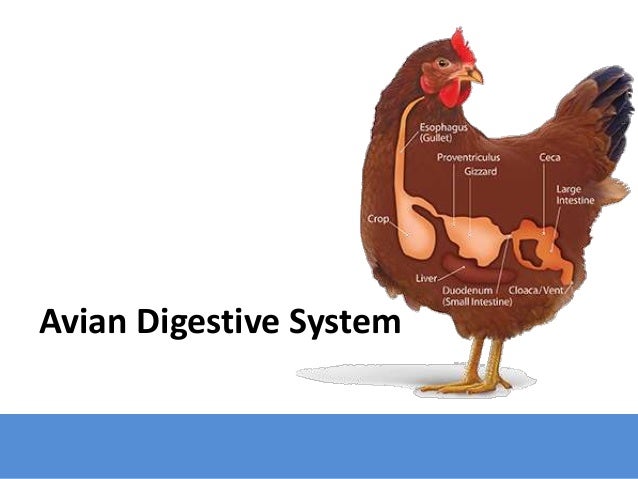Understanding the Chicken's Avian Digestive System: A Quick Guide

Understanding the chicken’s avian digestive system is essential for anyone involved in poultry farming or simply curious about these fascinating birds. Chickens have a unique digestive process that allows them to efficiently convert feed into energy and nutrients. This guide will walk you through the key components of their digestive system, how it works, and why it matters for their health and productivity.
Key Components of the Chicken's Digestive System

The chicken’s digestive system is divided into several parts, each playing a crucial role in breaking down food. Here’s a breakdown:
- Beak and Mouth: Chickens use their beaks to pick up and grind food. Unlike mammals, they don’t chew, so the beak is their primary tool for ingestion.
- Crop: A pouch-like structure where food is temporarily stored before moving to the proventriculus.
- Proventriculus (Glandular Stomach): Often called the “true stomach,” it secretes digestive enzymes to break down proteins.
- Gizzard (Muscular Stomach): A powerful organ with thick muscular walls that grind food into smaller particles using grit or small stones.
- Small Intestine: Where most nutrient absorption occurs, aided by enzymes from the pancreas and bile from the liver.
- Large Intestine and Cecum: The cecum ferments undigested material, particularly fiber, while the large intestine absorbs water and forms waste.
- Cloaca: The final part where waste is expelled.
📌 Note: The gizzard’s grinding action is vital since chickens lack teeth, making grit an essential component of their diet.
How the Chicken’s Digestive System Works

The digestive process begins when chickens peck at their feed. Food moves through the esophagus to the crop, where it softens. From there, it enters the proventriculus for enzymatic breakdown, then the gizzard for mechanical grinding. The partially digested food, now called chyme, moves to the small intestine for nutrient absorption. Fiber and other undigested materials are processed in the cecum before final waste elimination through the cloaca.
Importance of a Healthy Digestive System
A well-functioning digestive system ensures chickens absorb maximum nutrients from their feed, promoting growth, egg production, and overall health. Issues like impacted crops or gizzard problems can lead to malnutrition or illness, highlighting the need for proper diet and care.
Checklist for Maintaining Chicken Digestive Health

- Provide Grit: Ensure access to small stones or commercial grit for gizzard function.
- Balanced Diet: Feed a diet rich in proteins, carbohydrates, and fibers.
- Clean Water: Always provide fresh, clean water for digestion and hydration.
- Monitor Behavior: Watch for signs of digestive distress, such as lethargy or changes in droppings.
- Regular Check-ups: Consult a veterinarian for routine health assessments.
What is the role of the gizzard in a chicken’s digestion?
+The gizzard grinds food into smaller particles using grit, compensating for the chicken’s lack of teeth.
Why is grit important for chickens?
+Grit helps the gizzard break down food, ensuring proper digestion and nutrient absorption.
How can I tell if my chicken has digestive issues?
+Look for symptoms like lethargy, abnormal droppings, or reduced appetite, and consult a veterinarian if concerned.
Understanding the chicken’s avian digestive system is key to ensuring their health and productivity. By focusing on proper nutrition, access to grit, and regular monitoring, you can maintain a thriving flock. Whether you’re a backyard enthusiast or a commercial farmer, this knowledge will help you provide the best care for your chickens.
chicken digestive system, poultry farming, chicken health, avian digestion, gizzard function, chicken nutrition, poultry care.



